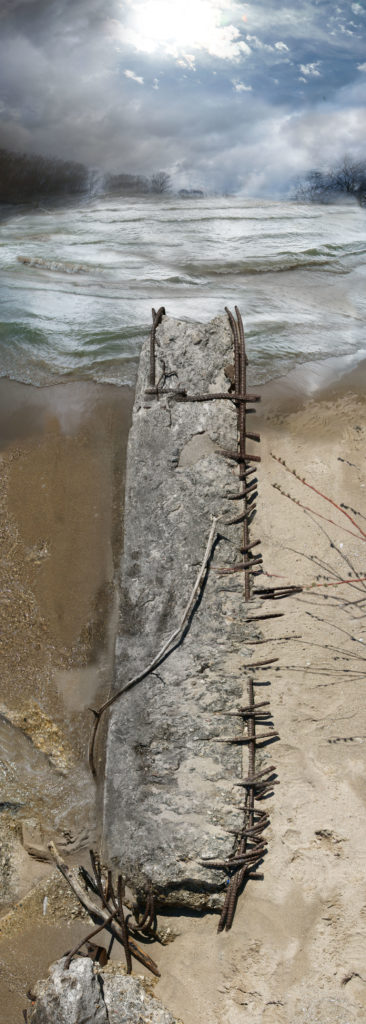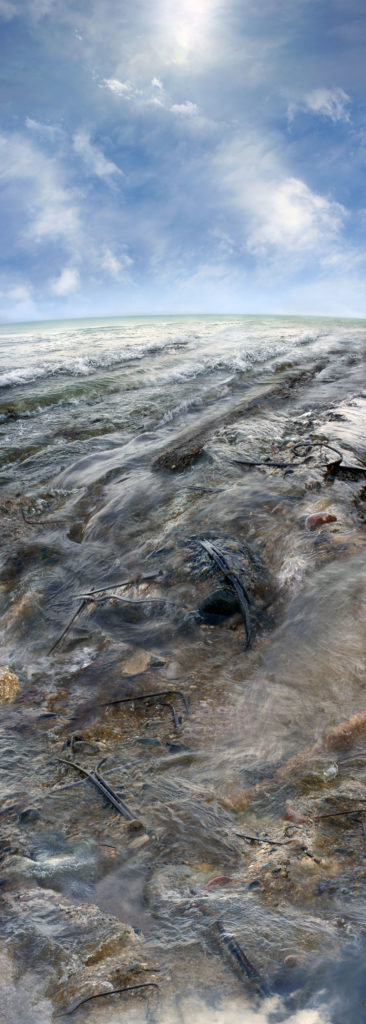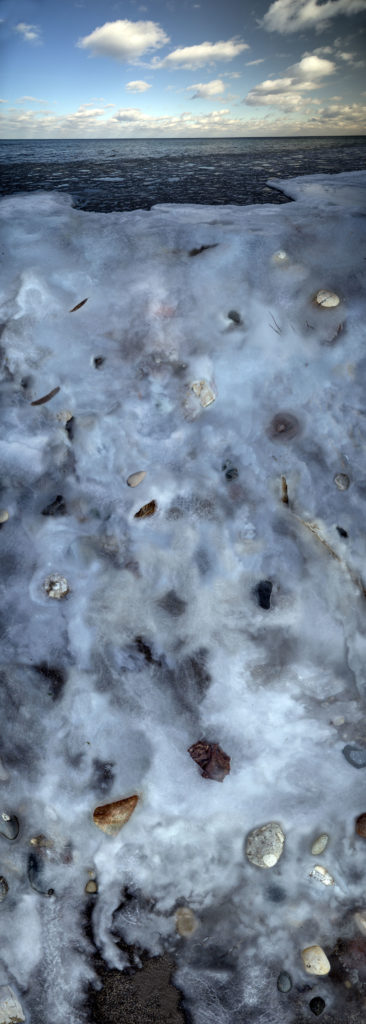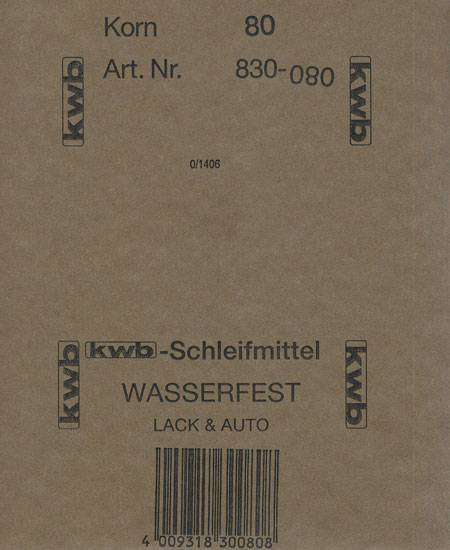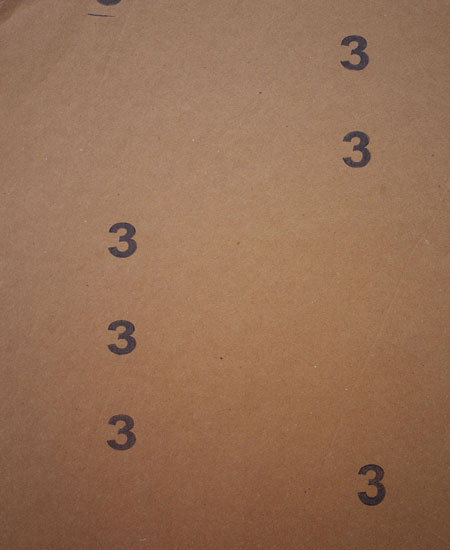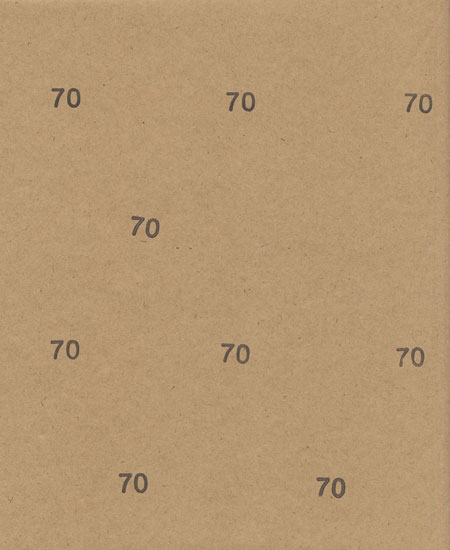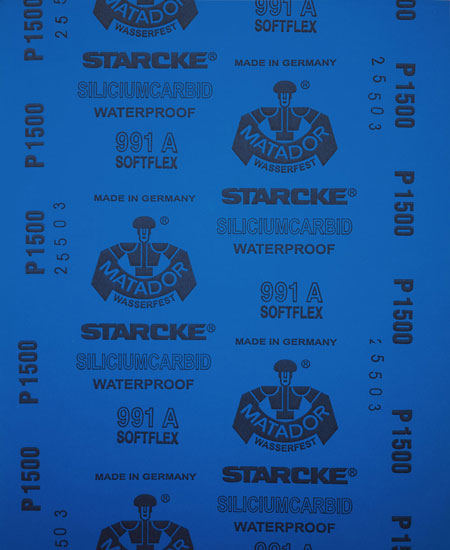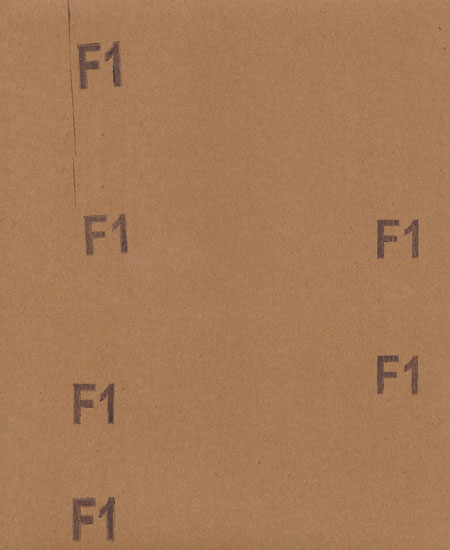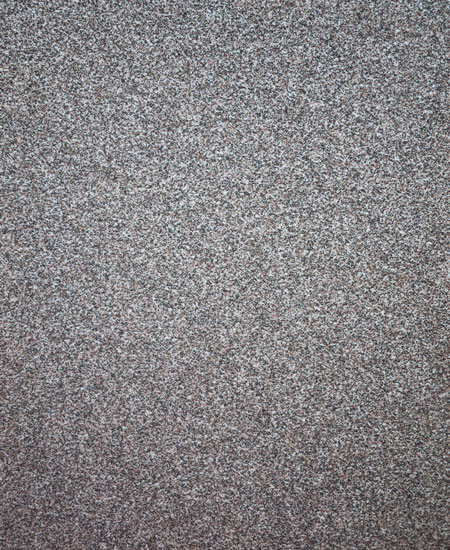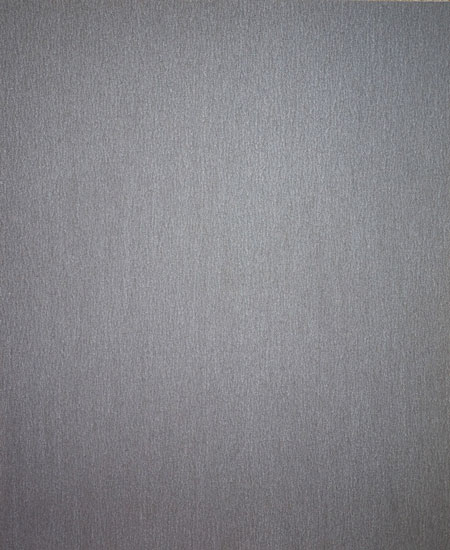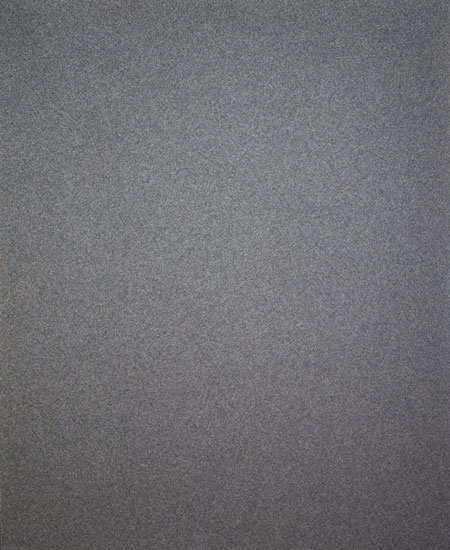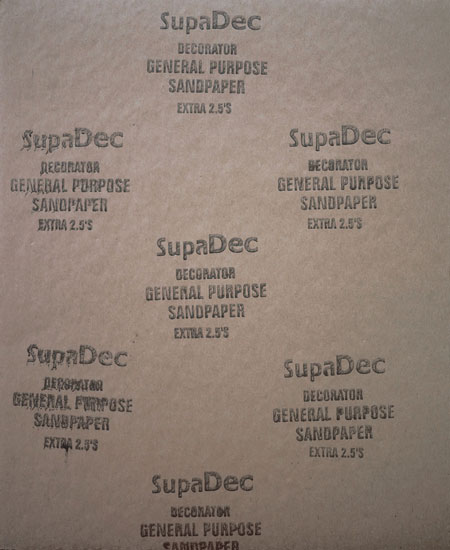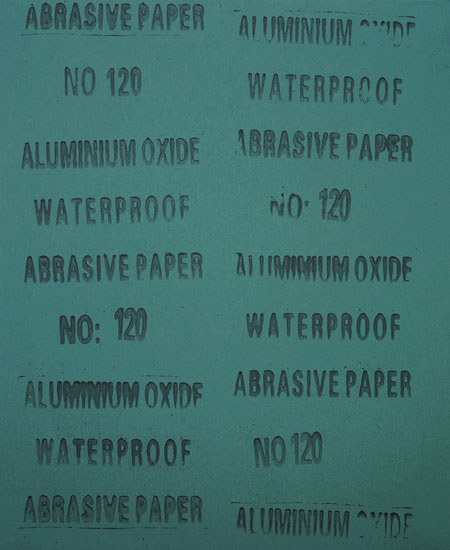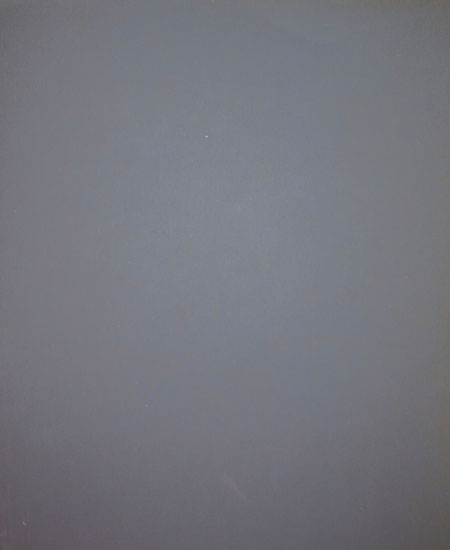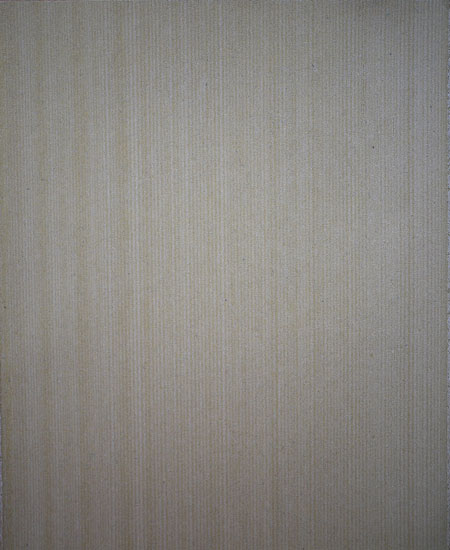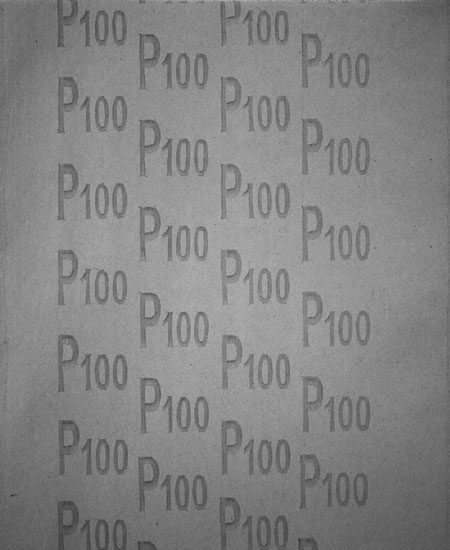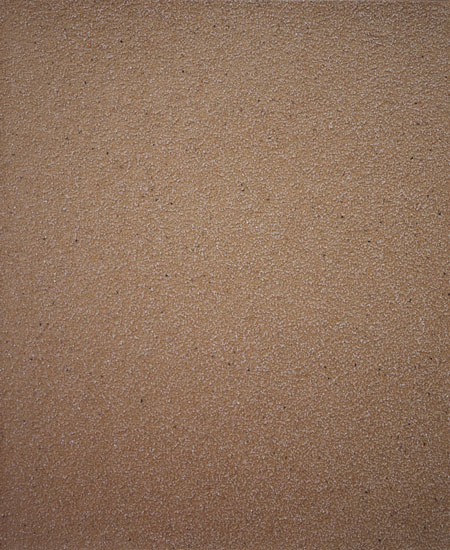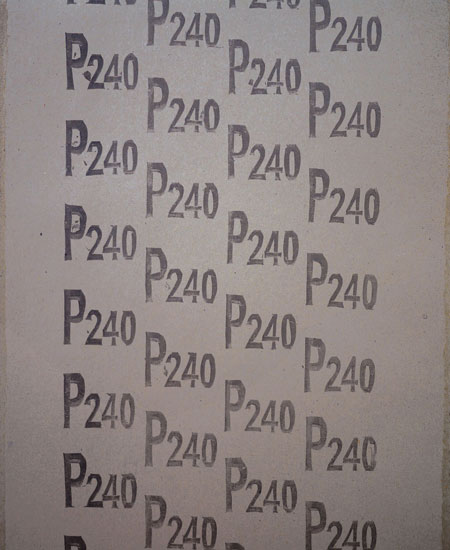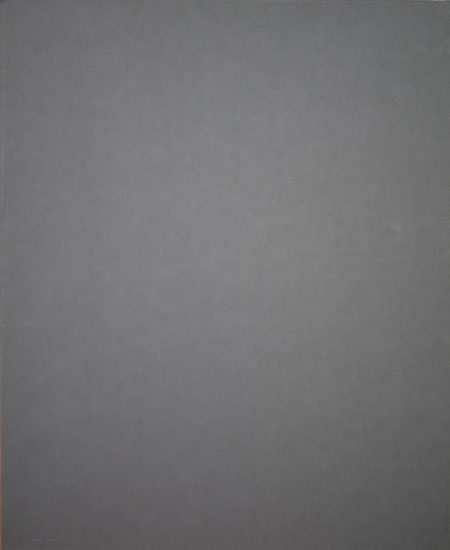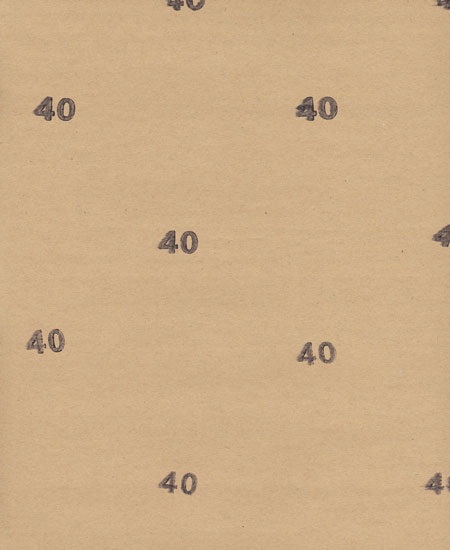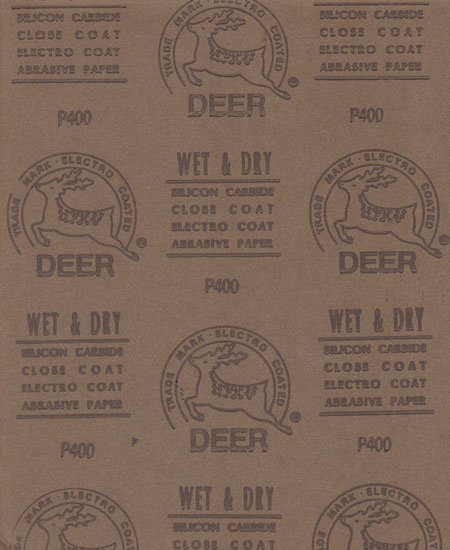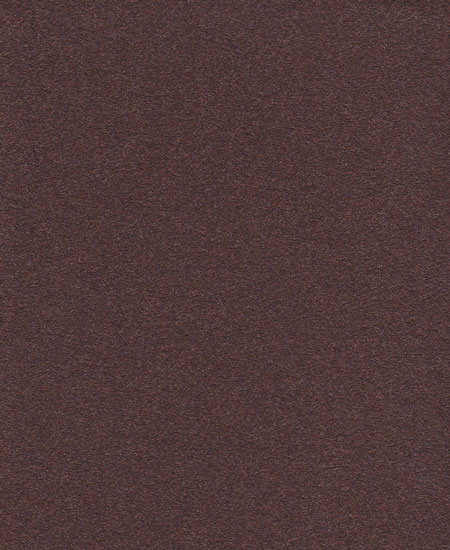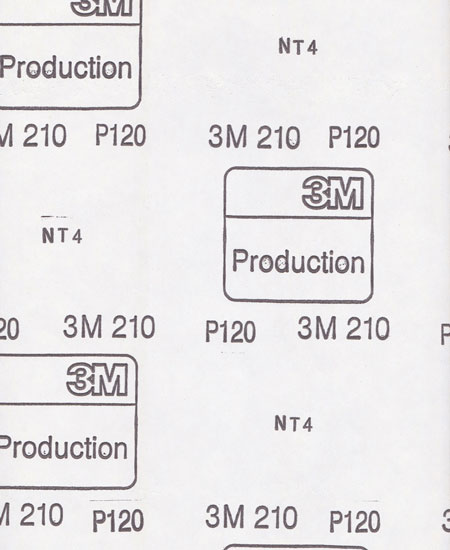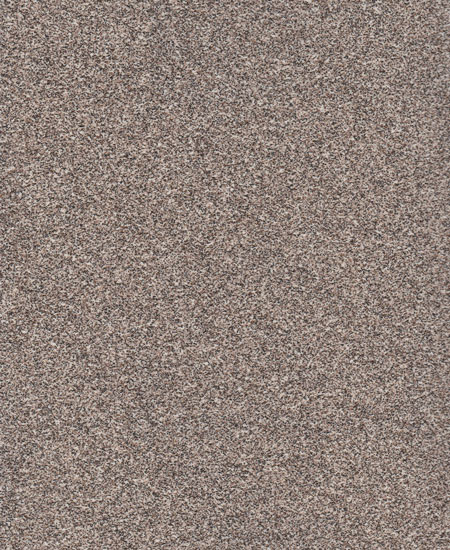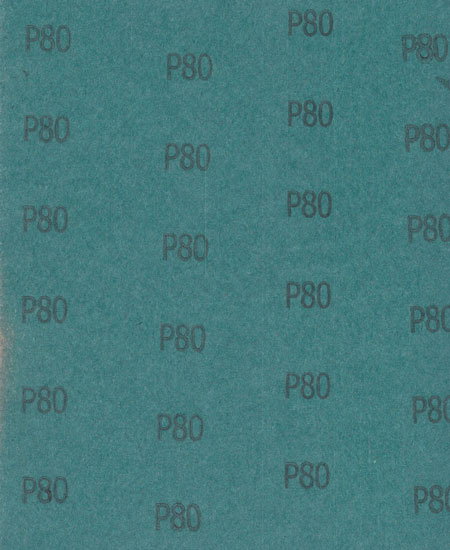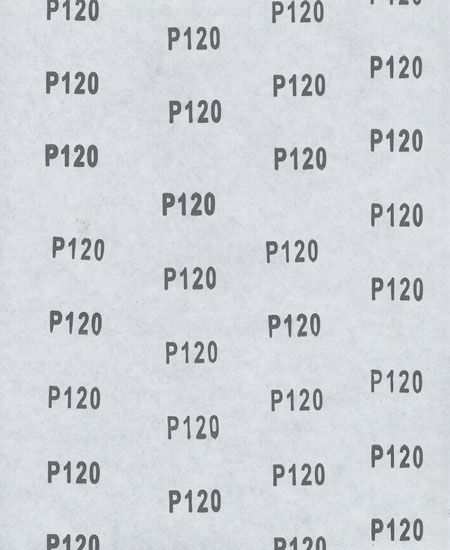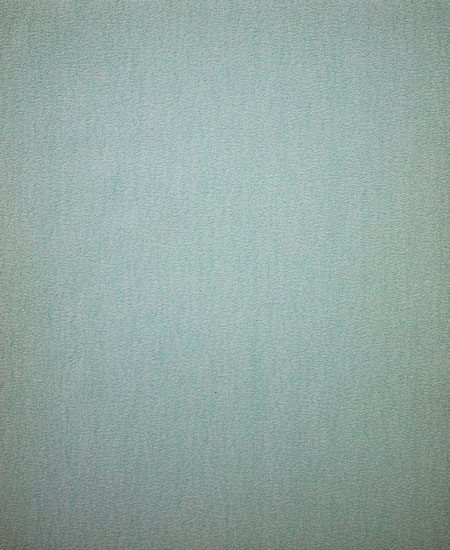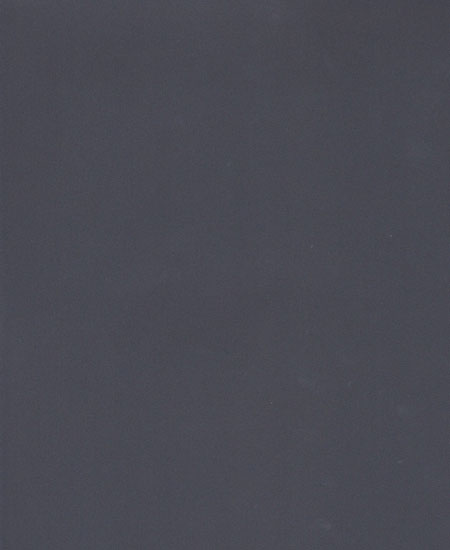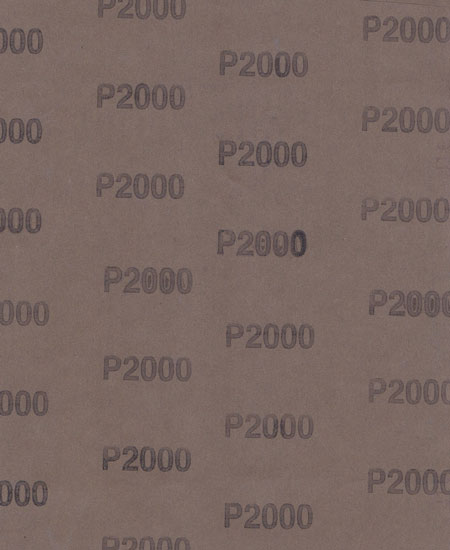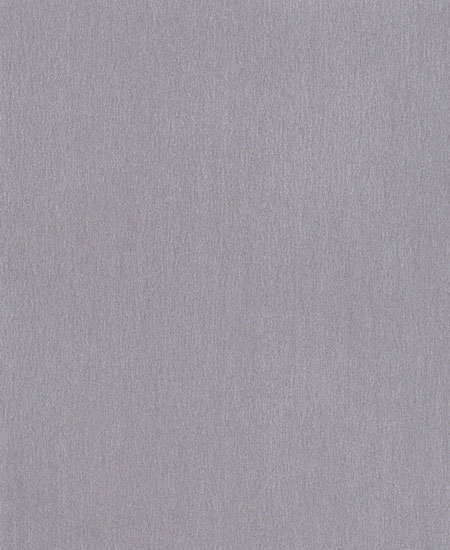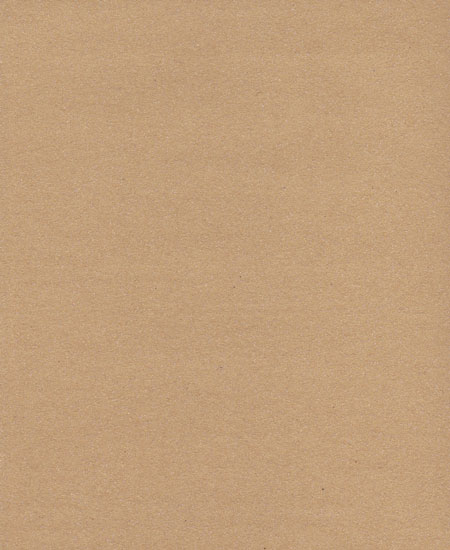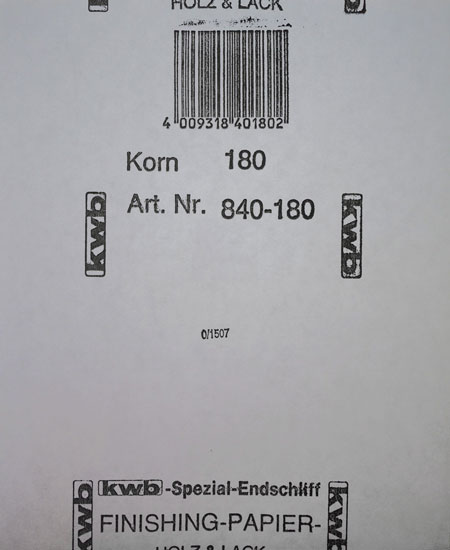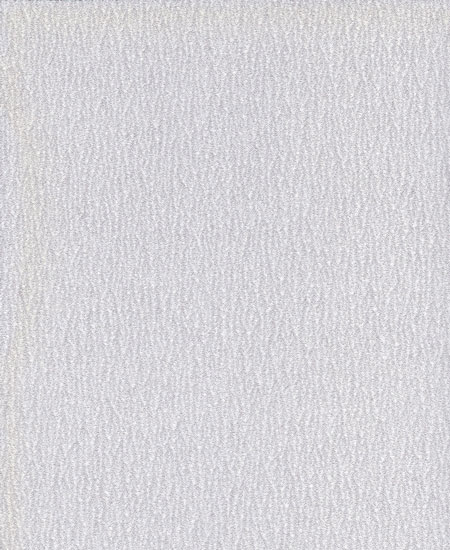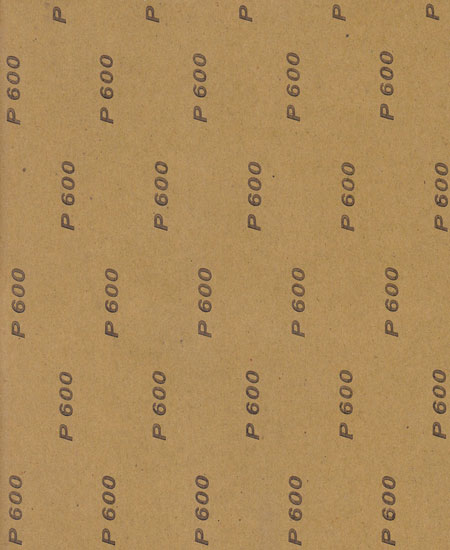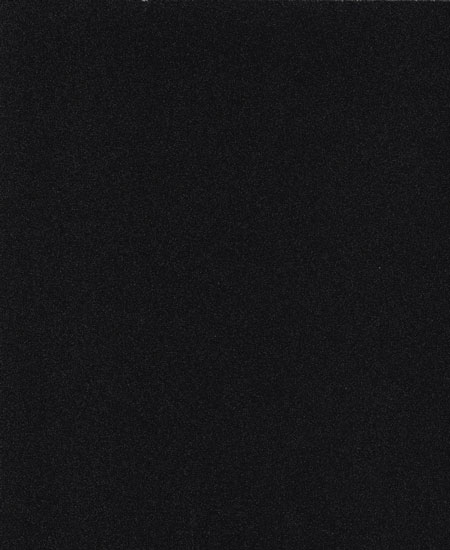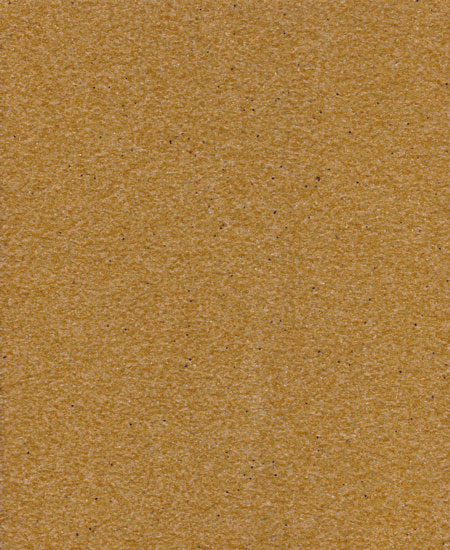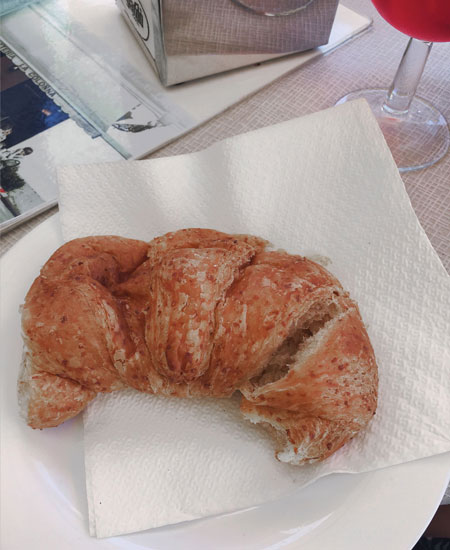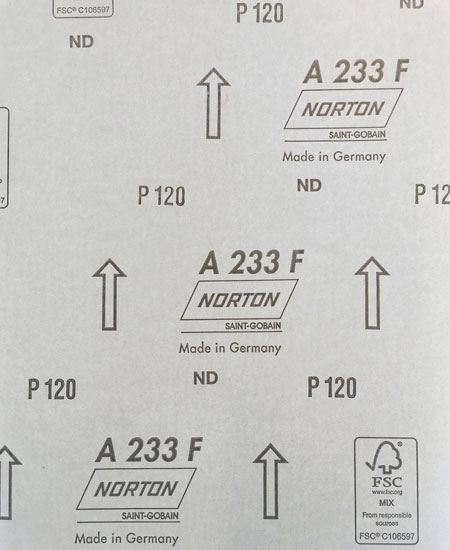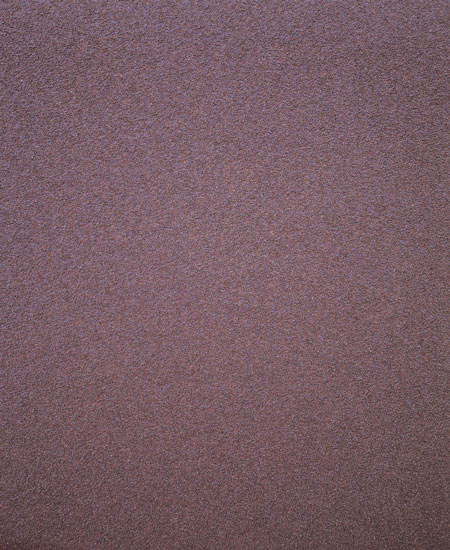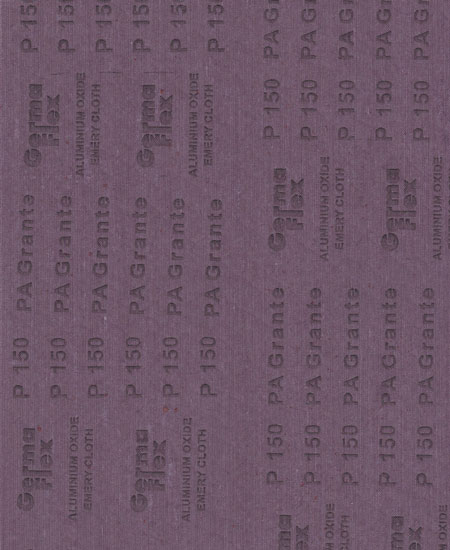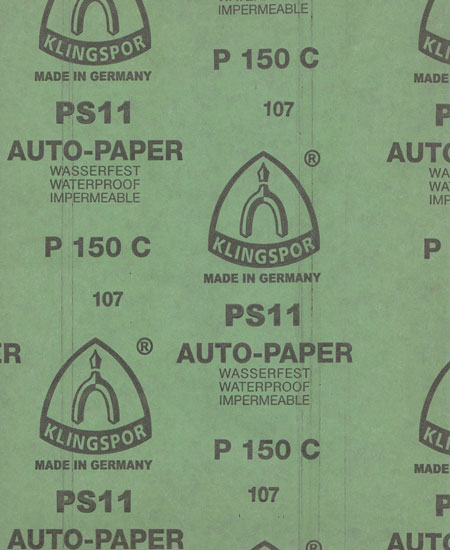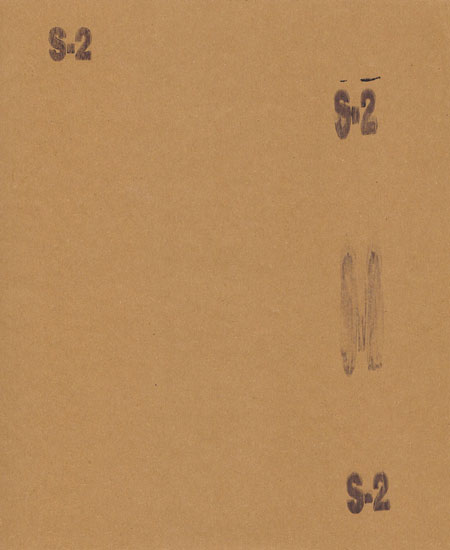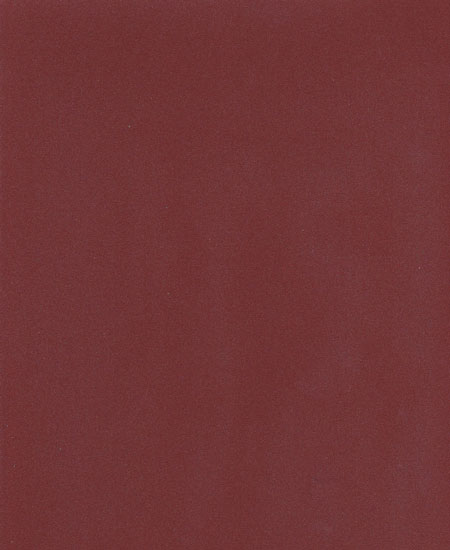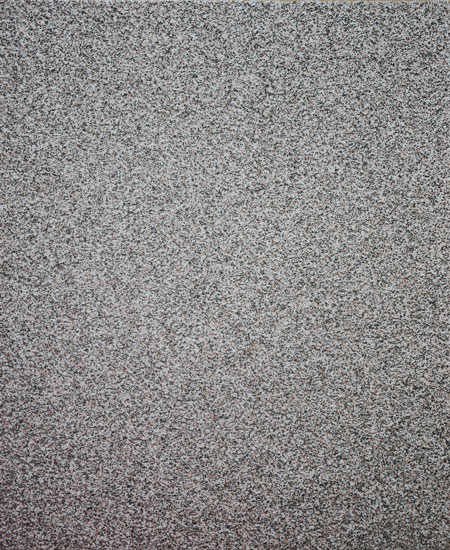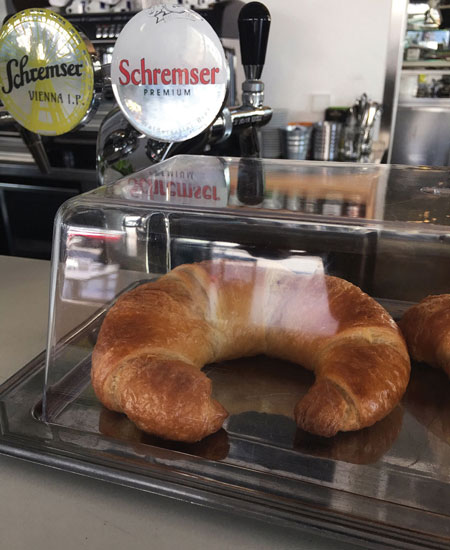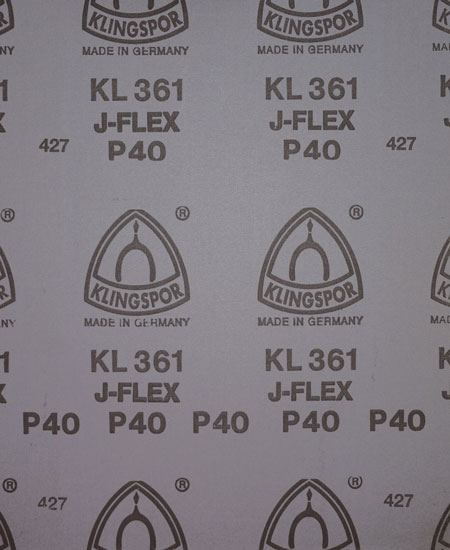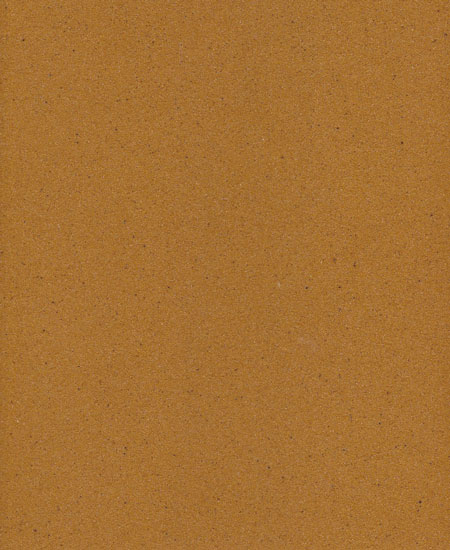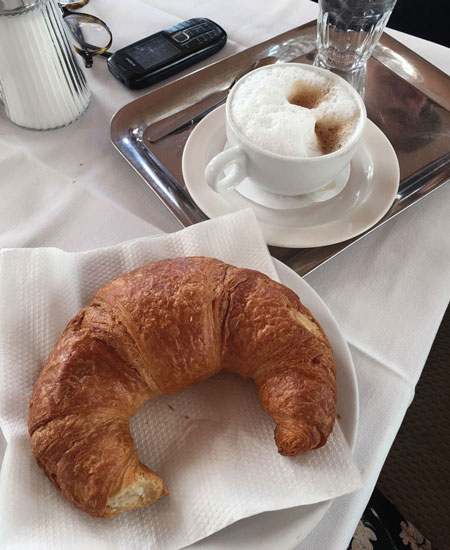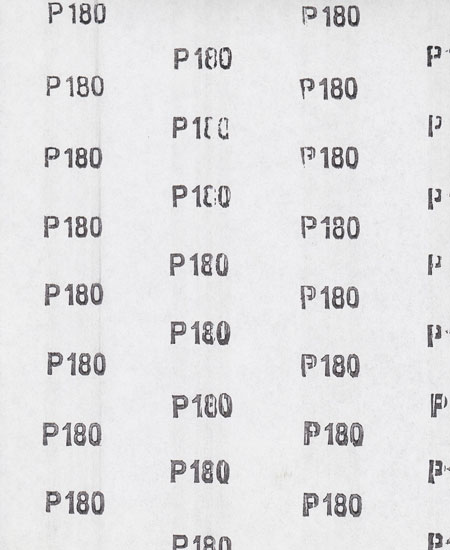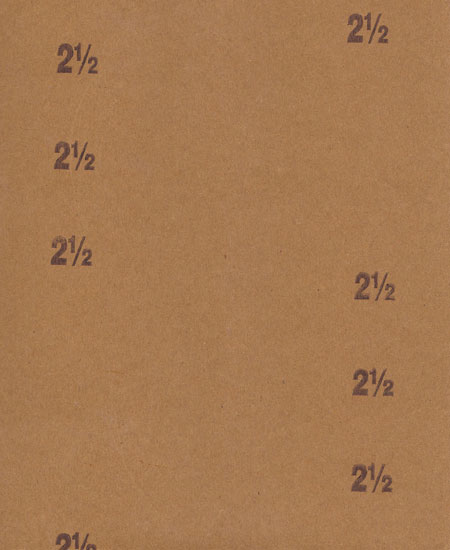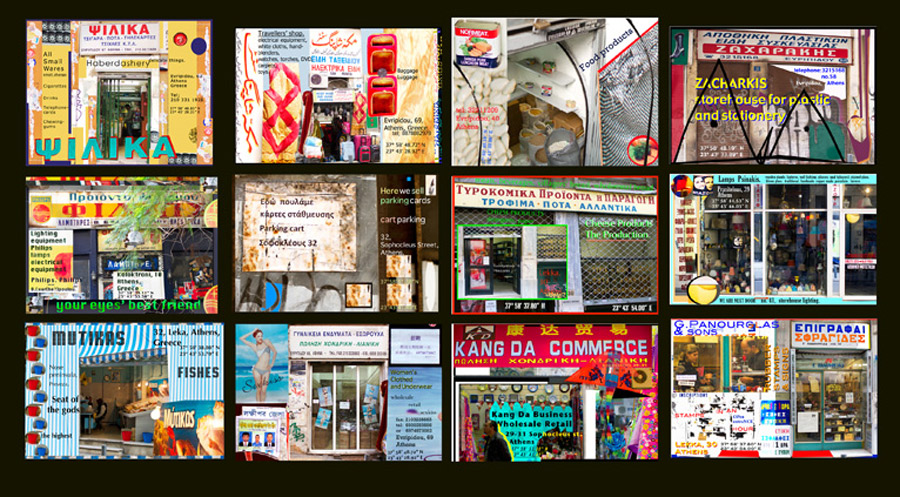An actor performing a play often finds himself with only a half-written line. The playwright has written the first half of the sentence and then something happens to prevent the character from completing it; he gets cut off by someone else’s words or actions, he gets distracted, he faints, he gets slapped, etc! It is the actor’s job however to know what the character was going to say. He needs to know where that thought was headed if he hadn’t been prevented from finishing his sentence.
I began wondering what it would be like if we only read the second halves of these sentences – if we only know about the unfinished bits which the actor (me, in this case) has made up. Does it present a kind of shadow play, as it were, to the existing one? Does it form a parallel world in which these characters say things they sometimes wouldn’t? Does it reveal things (an underbelly of the play, perhaps?) when we just see the remaining thoughts which were never allowed to be spoken?
What is this other half, on its own? Is it simply a reflection of a story, or is it a story in itself?
This particular playwright happens to use lots of unfinished sentences, overlapping, and cutting off of other characters in his use of dialogue, which made this an ideal play to work with.
PROLOGUE
(A three storey house.)
(Beverly talks to Johnna. Violet enters.)
VIOLET
… the sibberware?
… Did you pullish the sibberware?
BEVERLY
… drugstore, or the beauty shop, or wherever you need to go.
VIOLET
Indian hooouuuuuse whoa-man.
(Violet exits.)
BEVERLY
… I want to give you something.
… so early in the morning.
ACT ONE
Scene 1
(Ivy, Mattie Fae, and Charlie in living room.)
CHARLIE
… from time to time, between them.
… that you introduced them, because technically that’s just not true.
… not once did I ever hear anyone call her “Shrinking Violet”. That’s something you made up years later.
MATTIE FAE
… and take a match to it and sit back and roast yourself a marshmallow.
… everything I say!
… goddamn difference, does it?
… I will set light to whatever you were stupid enough to leave behind faster than you can say, “Where’re you goin’ with all them old eight tracks?”
CHARLIE
… Mattie Fae, and you know it – if I was gonna leave, don’t you think I’d ‘a done it years ago?
… I read books!
… aren’t required by trade to read books.
… goin’ on and on about books.
MATTIE FAE
… they had a lot more goin’ for them.
CHARLIE
… like Little Charles.
… they both have.
… he’s got some complications.
MATTIE FAE
… on my lower back.
CHARLIE
… I said I don’t want to!
MATTIE FAE
… all down my back.
CHARLIE
… can really affect them.
… everything around.
(Violet enters.)
MATTIE FAE
… C.J. would have been a train wreck of a sheriff.
… is what he was.
(Violet and Ivy exit.
Johnna enters.
Johnna exits.)
CHARLIE
… you know damn well that’s not what I’m doing.
(They exit.
Violet and Ivy enter.)
VIOLET
… it’s too late.
IVY
… it was a hat.
VIOLET
… a million years ago.
IVY
… you just didn’t understand him.
VIOLET
… a loser.
(Violet and Ivy exit.
Barbara and Bill enter.)
BILL
… guy.
(Jean enters.
Mattie Fae and Charlie enter.
Violet and Ivy enter.)
CHARLIE
… let it alone now!
IVY
… Mom – I thought we said I’d help with that.
VIOLET
… rather easily these days, it seems.
BILL
… don’t worry.
CHARLIE
… actually, no reason why he couldn’t.
… it’d be easy enough.
… if Violet wants us here, we should stay.
MATTIE FAE
… for everyone.
(Johnna enters.)
Scene 2
(Barbara, Bill and Violet)
VIOLET
… ate them and then …
BILL
… then?
VIOLET
… you know that one from my great aunt?
BARBARA
… why?
VIOLET
… like Bill says – probate.
… like you always do – that’s why I never told you.
BARBARA
… Did you go?
VIOLET
… I figured he’d just reappear like he has before.
… it would …
… and …
BILL
… out of the ordinary about his behavior?
BARBARA
… Mom, what’s so hard about that?
… I have never tasted apple pie that good!
… Mom, just don’t start.
VIOLET
… when did you last write??
BARBARA
… and Christmas.
BILL
… let’s just get back to what we’re doing here.
VIOLET
… wanty – ted, where you wanted to doe.
BARBARA
… weeks.
VIOLET
… age, maybe leven or ten and no biboobs.
BARBARA
… when you’re on your medication.
BILL
… this is not the time, calm down.
… right now, it’s a stressful situation.
… some things are best left unsaid.
BARBARA
… and you know it.
(Bill exits.)
VIOLET
… I have a prescription, I need them.
… dramatics.
BARBARA
… through that again.
VIOLET
… just as fast as you could.
BARBARA
… wasn’t able to get away at the time.
(lights up Johnna in attic
Jean enters)
JOHNNA
… don’t mind but I’m not sure you should do it here.
JEAN
… what I’m doing out there.
JOHNNA
… I see.
JEAN
… don’t care.
Scene 3
BILL
… having never had a successful book.
… admiration.
BARBARA
… from memory like that.
BILL
… just as an artifact.
… with anything?
… about all the things you’ve already attacked me for.
… too, there’s no place to put it all.
… here.
BARBARA
… without turning it back on you.
BILL
… so I can’t win here!
… anything.
Scene 4
JOHNNA
… the Sheriff’s here.
BARBARA
… do you mean??
… wow.
… you can go ahead.
SHERIFF GILBEAU
… not very good at it.
… is just awful.
BARBARA
… don’t think I can do this … don’t know if I can do this.
BILL
… did this to himself?
… is there a way of knowing?
… what do you mean by that?
(Violet enters)
VIOLET
… deez naaz?
… and then you’re here, and then you’re here, and then you’re here, wha’s nah here??!!
ACT TWO
KAREN
… and things like that.
BARBARA
… or was it some other one?
… I’m really happy for you.
KAREN
… and your whole plan goes out the window anyway!
BARBARA
… honestly Karen.
KAREN
… thoughtful and sensitive and just … together, you know?
BARBARA
… am I? You are.
… I’m sorry. Yes.
KAREN
… is based.
… were. Um, no, that’s not right.
… are I guess.
BARBARA
… I mean, she’s a mess.
(lights crossfade to …)
VIOLET
… Ivy, for godssake.
MATTIE FAE
… look at this. He’s got a nice expression on his face.
… isn’t this one nice?
IVY
… it just seems so sudden.
… I’d feel foolish wearing that.
MATTIE FAE
… it was a city somewhere, where was it?
VIOLET
… Ivy, I’m trying to give you some.
… City, 1964 it would have been.
IVY
… you just don’t like it is all.
MATTIE FAE
… oh you’re right, it says it right there.
VIOLET
… where do you get your ideas?
IVY
… you don’t have to be rude.
… continually berate me?
VIOLET
… that would be good for him.
MATTIE FAE
… with my own two hands, I swear.
IVY
… that.
… closed-minded.
… understanding or supportive.
… CHEAP?!
VIOLET
… as his face.
… put it in.
… for a woman to wear to a funeral.
MATTIE FAE
… and I don’t know if you want that.
… I don’t know if that’s really appropriate.
IVY
… What does that mean?
MATTIE FAE
… Appropriate?
… Don’t say that, sweetheart, come on now.
VIOLET
… a flat stomach.
IVY
… this is ridiculous!
VIOLET
… had an easy time of.
IVY
… a MAN?!
VIOLET
… other time.
… that’s what you said.
IVY
… all because there’s suddenly a MAN in the picture – it’s pathetic.
… I never should have said anything. I don’t want to talk about it.
VIOLET
… going around with!
IVY
… I told you, I’m not!
MATTIE FAE
… oh pretty please?
… just throw us a bone, sweetheart!!
IVY
… let it rest.
… don’t know … know … pretty sure I am.
(they exit, lights crossfade to STEVE BILL JEAN)
STEVE
… but it’s a hornet’s nest, let me tell you.
BILL
… not much really.
STEVE
… is pretty sticky terrain.
BILL
… think anyone ever told me.
STEVE
… and our business is to keep that money safe.
(Barbara enters)
BARBARA
… wait til we’re home?
(BARBARA and BILL exit)
STEVE
… hair.
JEAN
… doing??
… I said.
… what are you, deaf?
(Karen enters)
STEVE
… didn’t I say that?
KAREN
… she’s too young.
STEVE
… she’s fifteen.
… right?
(lights crossfade to)
LITTLE CHARLES
… I feel awful I wasn’t there.
CHARLIE
… he wasn’t one to sweat the small stuff.
LITTLE CHARLES
… happens …
… I really fucked up.
… already.
CHARLIE
… what are you talking about?
(they enter house)
BILL
… of death or grieving?
BARBARA
… though – you can see it anytime! What’s so special about some old movie?
… her to learn when there’s no role model.
BILL
… father.
BARBARA
… because you’re both adolescents.
BILL
… that’s not fair.
… fucking high and mighty.
BARBARA
… your sins?
(all enter)
STEVE LITTLE CHARLES IVY
… every time … I missed the funeral. … I swear.
… Mom!
BARBARA MATTIE FAE
… no. … Little Charles.
… actually.
STEVE
… take this off? LITTLE CHARLES
… was blinking 12:00.
MATTIE FAE
… the pathetic details.
CHARLIE
… now.
MATTIE FAE
… for Chrissakes.
LITTLE CHARLES
… and I am SO sorry.
CHARLIE
… than bein’ on time.
M.F
… the car?
KAREN IVY
… don’t do that! … here?
(lights up on IVY and LITTLE CHARLES, front porch)
LITTLE CHARLES
… worse.
(they rejoin the others)
VIOLET
… on the sideboard?
… say grace, please?
… deal to say grace.
BARBARA
… don’t really want it.
IVY
… estate sale?
BARBARA
… herself.
… she doesn’t eat any meat.
CHARLIE
… moral reasons of some kind?
VIOLET
… fur.
LITTLE CHARLES
… what’s it called?
… and I think something else.
CHARLIE
… in it.
KAREN
… beautiful.
BARBARA
… from the peanut gallery.
VIOLET
… brown stain on his backside!
STEVE
… about half and half, Irish and German.
CHARLIE
… delicious!
KAREN
… was hoping you could actually, Mom.
VIOLET
… plenty before.
IVY
… Charlie?!
BILL
… a fair bit of it, yes.
… what looked like some new poems he was working on.
VIOLET
… there are some changes.
BARBARA
… it’s not the time, Mom.
LITTLE CHARLES
… you were talking about?
VIOLET
… back then.
KAREN
… really do disagree with that.
IVY
… Charlie, please!
LITTLE CHARLES
… love Ivy.
… forgot something.
… need to get some air.
(he exits)
IVY
… leave me alone.
… not now.
VIOLET
… damn truth!
ACT THREE
Scene 1
KAREN
… her history?
BARBARA
… then, you remember this?
IVY
… maybe we could make an effort.
… stop it!
KAREN
… are you guys gonna get a divorce?
IVY
… years, Karen.
BARBARA
… bit of caretaking, just as much as you.
(VIOLET enters)
(Karen and Ivy exit)
BARBARA
… some kind of assisted living place?
VIOLET
… pretty evil shit before now.
(lights crossfade to)
LITTLE CHARLES
… puttin’ it on for background noise.
MATTIE FAE
… bunch of ignoramus pussies.
BARBARA
… not my business.
… not really my place.
… beats.
… being his mother and all.
MATTIE FAE
… will you listen?
… listen to me.
BARBARA
… true.
MATTIE FAE
… your father and I had an affair.
(Steve and Karen enter)
KAREN
… watch some tv.
(Steve and Karen exit)
BARBARA
… are making this up for some reason.
… true.
… one night stand??
MATTIE FAE
… will just never be as good as his father.
Scene 2
STEVE
… don’t fall.
JEAN
… I don’t think I want to do this.
(Johnna enters)
STEVE
… doing!
… there!
… it!
(others enter)
BARBARA
… here?!
JEAN
… just fooling around.
BARBARA
… right now, young lady!
BILL
… wait!!
(Jean runs off. Bill follows.)
BARBARA
… minute, Karen!
… he’s not going to just get away with this!
… I see there’s no talking to you right now.
Scene 3
Scene 4
BARBARA
… awful.
… funny, isn’t it?
… necessary.
SHERIFF GILBEAU
… I can’t tell you how often I have thought about you.
BARBARA
… ugly.
… don’t know what I am right now.
Scene 5
BARBARA
… just let it lie.
IVY
… to.
… someone I could truly love and who loved me.
(Violet enters)
IVY
… you aren’t the boss of me.
… just let me talk to my mother.
… I have something to tell you.
… tell you something!!
VIOLET
… I’m warning you.
IVY
… stay out of this, goddammit!
… a lesbian.
VIOLET
… that’s enough.
IVY
… can we just talk calmly please?
… shut the fuck UP.
… and I are in love.
… I need you to listen now.
… what are you talking about?
… saying??
BARBARA
… I’m sorry.
… I was trying not to tell you.
… listen to me.
(IVY exits)
VIOLET
… both a little out of sorts.
JOHNNA VIOLET
… Not with a bang, with a whimper. … and then you’re gone, and then
you’re gone, and then you’re gone …
